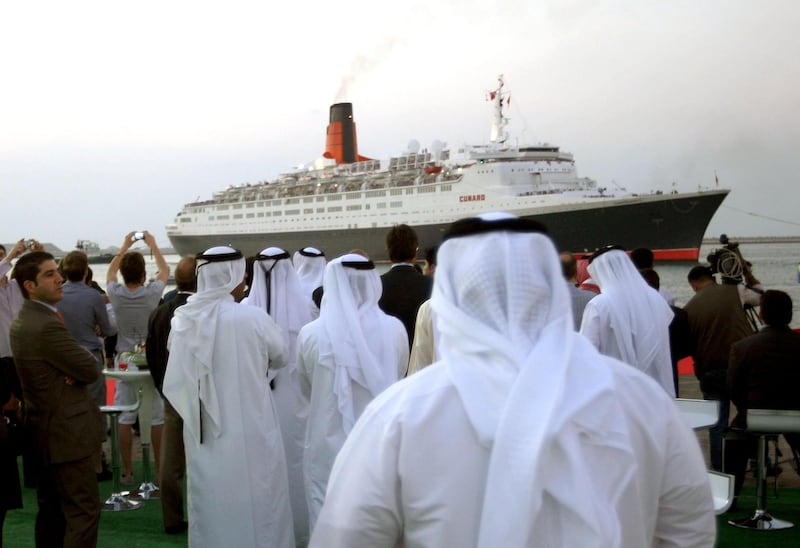After about a decade of uncertainty, we now have a clearer picture of what lies ahead for the QE2.
The initial plan for the 70,000-tonne vessel saved it from the scrapyard and would have seen the QE2 restored as a 500-room floating hotel on Palm Jumeirah. It was expected that the ship would undergo a significant refit, restoring the QE2’s original interior decor and fittings. And once complete, it would feature shops, restaurants, cafes and a museum showcasing the history of the ship.
Dubai World's Istithmar handled the purchase of the historic ship: "The QE2 is without a doubt one of the wonders of the maritime world and is easily the most famous serving liner in the world today," said Dubai World chairman, Sultan Ahmed bin Sulayem, at the time.
When the 2008 financial crisis scuppered these plans, what followed was years of rumour, conjecture and indecision.
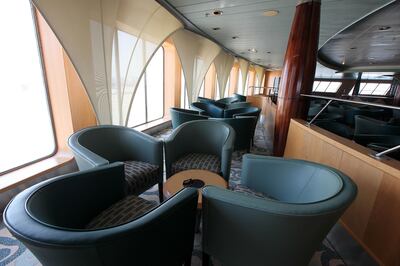
In 2009, the QE2 was supposed to have travelled to South Africa in time for the World Cup the following year. It never happened. Another plan reported in 2013 was for the QE2 to become a hotel in either Hong Kong or Singapore. However, this also turned out to be an empty announcement. Other plans to bring the ship back to Scotland never came to fruition while reports she was to be scrapped refused to go away.
The QE2 was built in the famed shipyards of John Brown in Clydebank, Scotland. The liner was launched on September 20, 1967 by Queen Elizabeth II and had her maiden voyage in 1969.
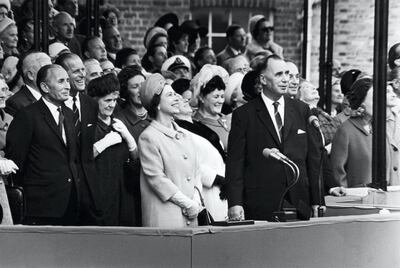
It would go on to become the Cunard Line’s flagship for more than 30 years, only succeeded by the Queen Mary 2 in 2004.
When the QE2 was purchased by Dubai World in 1997, it had completed more than 800 Atlantic crossings and had carried 2.5 million passengers.
The 293.5m (963ft) vessel had also been used as a troop carrier by the UK during the Falklands War.
The ship could hold 1,892 passengers and 1,040 crew and could reach a top speed of 34 knots following its conversion from steam to diesel in the 1980s – faster than many modern ships.
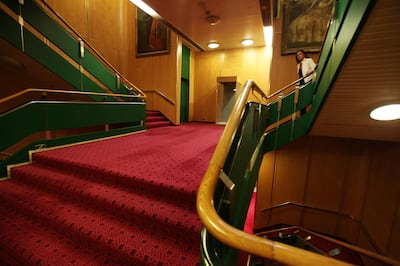
Onboard the plush facilities included five restaurants, three swimming pools and a 481-seat cinema.
During its long career, it also attracted celebrities such as Nelson Mandela, Elizabeth Taylor and Richard Burton and Buzz Aldrin.
In 2011, QE2 enthusiast Rob Lightbody visited the ship in Dubai.
Mr Lightbody’s father had worked onboard.
“As a 14 year old, it was the most incredible thing I’d ever seen,” he says.
Take a look: 7 hotels in unusual buildings
A video of this trip can be seen on YouTube and it's clear that QE2 was in immaculate condition and was well maintained at a huge cost to the owners.
The lifts worked; the carpets and furniture has been maintained, while workers were varnishing parts of the wood by the pool. However, the QE2 was moved to the Dubai Drydocks in 2013 where the engines were switched off and the condition of the vessel deteriorated.
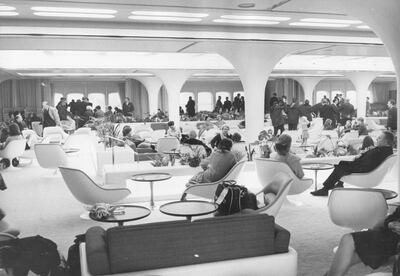
But the clearest indication of what lay ahead came in 2015.
DP World chairman, Sultan Ahmed Bin Sulayem, dismissed fresh rumours that the liner would be scrapped. The sale contract from Cunard stipulated that the QE2 could not be scrapped or put back into service for ten years. But Mr Bin Sulayem said that a new plan was in place.
“A few months after [Sultan Ahmed Bin Sulayem] mentioned the new plan the ship was featured in renderings of the new Port Rashid development. QE2 was depicted at a berth in those renderings, suggesting she will be used as a floating hotel,” says Shaun Ebelthite, editor of trade magazine, Cruise Arabia and Africa.
“So although DP World and its related entities have not publicly commented the plans for QE2, it seems clear that she is included in the redevelopment,” he said.
Read more: Anticipation builds as famed liner the QE2 undergoes major facelift at Port Rashid
This has now been borne out by the fresh developments at Port Rashid and the transformation of the old cruise terminal 1 into a new centre for the QE2. Refitting a ship as a hotel is also not without precedent. For example the SS Rotterdam, a former ocean liner and cruise ship, has been operating as a hotel at the Dutch port since 2010. Known as The Grande Dame, the ship also functions as a museum and centre for vocational training.
The QE2 is arguably only eclipsed in fame by Titanic. Among the events this week commemorating the fifty-year anniversary is a special cruise from Cunard to honour its former flagship and a conference by organised by Lightbody.
In pictures: Take a tour of the QE2
Its name alone conjures up images of a golden era of luxurious travel on the high seas and its legacy lives on today at Port Rashid.
“She's the last of her kind. Designed to cross the Atlantic in five days in all weathers,” says Lightbody.
“She's also the first of her kind - a purpose-built large luxury cruise ship. She's the last of a very long line of successful British liners that together changed the world and for the people of Clydebank, she's a symbol of what they created, 50 years ago. On top of all that, simply, she's still the most famous ship in the world, which didn't sink.”
